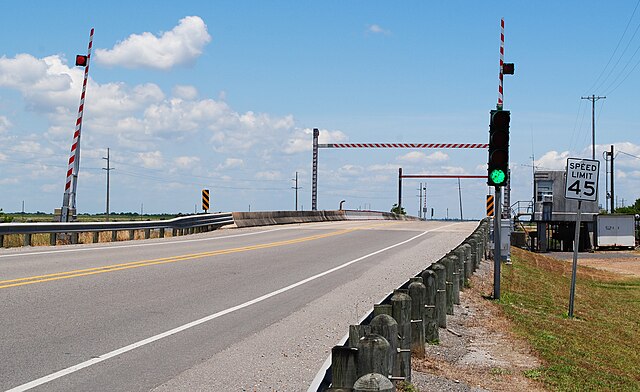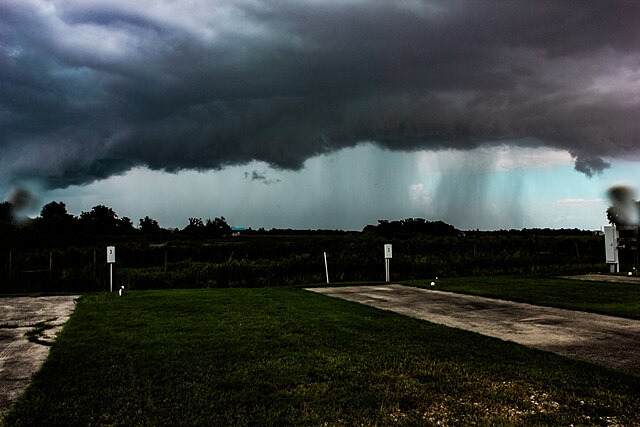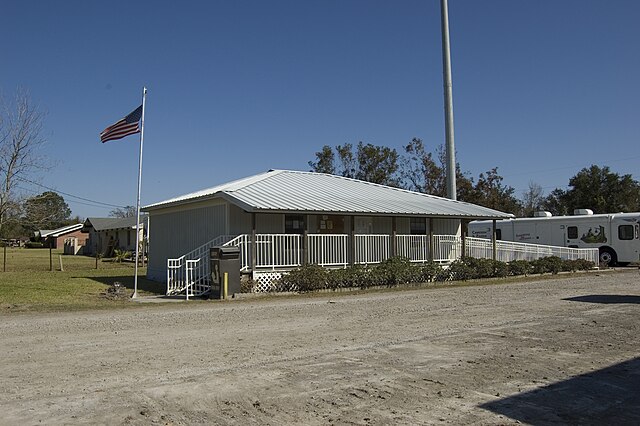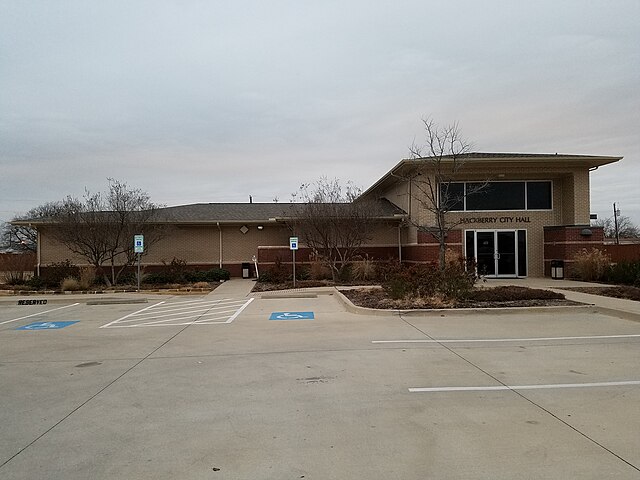Have you ever walked through a park or forest and wondered about those resilient trees with distinctive warty bark? You might have been looking at a hackberry tree! These remarkable specimens are among nature’s most adaptable survivors, thriving in conditions that would challenge many other tree species.
Hackberry trees belong to the elm family and are known for their incredible durability and low-maintenance nature. Think of them as the “tough guys” of the tree world – they can handle drought, poor soil, strong winds, and urban pollution like champions. Whether you’re a homeowner looking for the perfect shade tree or a nature enthusiast wanting to expand your botanical knowledge, understanding hackberries will open up a whole new appreciation for these underrated giants.
Scientific Classification and Common Names
The hackberry genus, scientifically known as Celtis, encompasses over 60 species worldwide. In North America, we primarily encounter three main varieties, each with its own personality and preferred growing conditions. You’ll hear these trees called by various names depending on your location – sugarberry, nettle tree, or beaverwood are just a few of the colorful monikers they’ve earned over the years.
The name “hackberry” itself has interesting origins, possibly derived from “hagberry,” referring to the Scandinavian word for bird cherry. This etymology makes perfect sense when you consider how much wildlife depends on these trees for sustenance and shelter.
Physical Characteristics of Hackberry Trees

What makes a hackberry tree instantly recognizable? It’s all in the details, and once you know what to look for, you’ll spot them everywhere!
Bark and Trunk Features
The most distinctive feature of mature hackberry trees is their bark – it’s like nature’s fingerprint system. The bark develops characteristic corky ridges and warty bumps that create a unique texture you won’t find on any other tree species. Young hackberries start with smooth, gray bark, but as they mature, this transforms into the signature rough, ridged appearance that makes identification so straightforward.
The trunk typically grows straight and strong, capable of reaching impressive diameters. These trees are built to last, with some specimens living well over 150 years. The wood itself is surprisingly valuable, often used in furniture making and even historically for tool handles due to its flexibility and strength.
Leaves and Foliage
Hackberry leaves are another telltale sign you’re looking at one of these hardy trees. They’re typically oval-shaped with a pointed tip and serrated edges, measuring anywhere from 2 to 4 inches long. The leaf arrangement is alternate, meaning they don’t grow directly opposite each other on the branch.
One fascinating characteristic is how the leaves feel slightly rough to the touch – almost like fine sandpaper. This texture comes from tiny hairs on the leaf surface, which help the tree conserve moisture during dry periods. In fall, hackberry trees put on a modest but pleasant show, turning various shades of yellow before dropping their leaves for winter.
Flowers and Fruit
Don’t expect showy blooms from hackberry trees – they’re not trying to win any beauty contests in spring! The flowers are small, greenish, and fairly inconspicuous, appearing in early spring before the leaves fully emerge. But here’s where it gets interesting: hackberry trees are monoecious, meaning individual trees have both male and female flowers.
The real star of the show comes later in the season with the fruit production. Hackberries produce small, round drupes that start green and ripen to a dark purple or reddish-brown color. These berries are about the size of a pea and contain a single hard seed surrounded by sweet, edible flesh. Wildlife absolutely loves these fruits, and they’re even edible for humans, though they’re more pit than fruit!
Where Do Hackberry Trees Grow?
Understanding where hackberry trees thrive naturally can help you determine if they’re right for your landscape or simply satisfy your curiosity about local ecosystems.
Natural Habitat and Distribution
Hackberry trees are true North American natives, with their range extending from southern Canada down to northern Mexico. They’re particularly common throughout the Great Plains, where their drought tolerance makes them invaluable members of the prairie ecosystem. You’ll find them along riverbanks, in floodplains, and surprisingly, in some of the most challenging urban environments.
These adaptable trees have earned a reputation as “weed trees” in some circles, but that’s actually a testament to their incredible resilience. They can establish themselves in disturbed soils, along roadsides, and in abandoned lots where other trees simply can’t survive. This pioneering spirit makes them crucial for ecosystem recovery and urban greening efforts.
Climate Requirements
What’s truly remarkable about hackberry trees is their climate flexibility. They’re comfortable in USDA hardiness zones 3 through 9, which covers most of the continental United States. This wide tolerance range means they can handle everything from harsh northern winters to scorching southern summers.
Hackberries prefer full sun but can tolerate partial shade, making them versatile for various landscape situations. They’re also incredibly drought-tolerant once established, though they’ll grow faster and larger with adequate moisture. Think of them as the “set it and forget it” trees of the landscaping world.
Types of Hackberry Trees
Not all hackberries are created equal! Let’s explore the three main species you’re likely to encounter in North America, each with its own unique characteristics and preferred growing conditions.
Common Hackberry (Celtis occidentalis)
The common hackberry is probably what most people picture when they think of these trees. It’s the largest of the North American species, capable of reaching heights of 40 to 60 feet with an equal spread. These trees develop the classic vase-shaped canopy that makes them excellent shade trees for large properties.
Common hackberries are incredibly hardy, tolerating everything from urban pollution to ice storms. They’re particularly valuable in prairie restoration projects and are often used as windbreaks on farms and ranches. The wood is strong and flexible, historically used for everything from barrel hoops to tool handles.
Sugar Hackberry (Celtis laevigata)
Also known as sugarberry, this southern cousin of the common hackberry prefers warmer climates and is typically found from Virginia down to Florida and west to Texas. Sugar hackberries tend to be slightly smaller than their northern relatives, usually maxing out around 80 feet in ideal conditions.
What sets sugar hackberries apart is their preference for moist soils and their tolerance for occasional flooding. You’ll often find them along riverbanks and in bottomland forests. Their leaves tend to be smoother and less serrated than common hackberries, and they produce abundant fruit that’s particularly attractive to migrating birds.
Netleaf Hackberry (Celtis reticulata)
The netleaf hackberry is the western representative of the genus, thriving in the arid regions of the American Southwest. These trees are typically smaller and more shrub-like than their eastern cousins, rarely exceeding 30 feet in height. They’re perfectly adapted to desert conditions, with smaller leaves that help reduce water loss.
The name “netleaf” comes from the prominent leaf veination that creates a net-like pattern on the leaf surface. These trees are incredibly valuable in desert ecosystems, providing crucial habitat and food sources for wildlife in harsh environments where few other trees can survive.
Benefits and Uses of Hackberry Trees

Why should you care about hackberry trees? The answer might surprise you with its depth and variety!
Wildlife and Ecological Value
Hackberry trees are like five-star hotels for wildlife. Over 60 species of butterflies and moths use hackberries as host plants for their larvae, including the beautiful hackberry emperor butterfly. Birds absolutely love the fruit, with over 40 species known to feed on hackberries regularly.
The dense branching structure provides excellent nesting sites for birds, while the trunk cavities in older trees offer homes for woodpeckers, squirrels, and other cavity-dwelling creatures. From an ecological perspective, hackberries are keystone species – they support so much wildlife that their presence dramatically increases biodiversity in any area.
Landscaping Applications
From a human perspective, hackberry trees offer numerous benefits that make them excellent landscape choices. Their deep root systems make them fantastic for erosion control, especially on slopes or areas with poor soil. The broad canopy provides excellent shade, which can significantly reduce cooling costs when planted strategically around buildings.
Urban Tree Benefits
In urban environments, hackberry trees are absolute champions. They tolerate air pollution, compacted soil, salt spray from winter road treatments, and limited root space – challenges that would stress or kill many other tree species. Cities across the Midwest have embraced hackberries for street tree plantings because they require minimal maintenance once established.
The trees also excel at stormwater management, with their extensive root systems helping to absorb rainfall and prevent flooding. This makes them valuable assets in green infrastructure projects aimed at managing urban runoff naturally.
How to Grow and Care for Hackberry Trees
Thinking about adding a hackberry to your landscape? Here’s everything you need to know to ensure success!
Planting Requirements
The beauty of hackberry trees lies in their adaptability, but giving them the best possible start will ensure they thrive for decades to come. Choose a location with full sun to partial shade and enough space for the tree to reach its mature size – remember, these trees can spread as wide as they are tall!
Soil preparation is refreshingly simple with hackberries. They’ll grow in everything from clay to sand, acidic to alkaline, and wet to dry conditions. However, they perform best in well-draining soil with a neutral pH. If you’re planting in an urban environment, don’t worry too much about soil quality – hackberries are famous for their ability to thrive in less-than-ideal conditions.
Plant your hackberry in spring or fall when temperatures are moderate and rainfall is typically more reliable. Dig a hole twice as wide as the root ball but no deeper – you want the top of the root ball to be level with the surrounding soil surface.
Maintenance and Pruning
One of the biggest advantages of hackberry trees is their low maintenance requirements. Young trees benefit from regular watering during their first two years while the root system establishes, but mature hackberries are remarkably drought-tolerant.
Pruning should be minimal and focused on removing dead, damaged, or crossing branches. The best time to prune is during the dormant season in late winter or early spring. Avoid heavy pruning, as hackberries naturally develop an attractive shape without much intervention.
Fertilization is rarely necessary unless your tree shows signs of nutrient deficiency. These trees have adapted to thrive in nutrient-poor soils, so over-fertilization can actually cause more problems than benefits.
Common Problems and Solutions
Like any tree species, hackberries can face certain challenges, but most issues are easily preventable or manageable with proper knowledge.
Pests and Diseases
Hackberry trees are generally quite healthy, but they can occasionally deal with specific issues. The most common problem is the hackberry nipple gall, caused by tiny psyllid insects. These create small, nipple-like bumps on the leaves that look alarming but rarely cause serious harm to the tree’s health.
Powdery mildew can sometimes affect hackberries, especially in humid conditions with poor air circulation. This appears as a white, powdery coating on leaves and can be managed through proper spacing and, if necessary, fungicidal treatments.
Witches’ broom is another condition that affects hackberries, causing dense clusters of small branches that look like brooms. This is typically caused by a combination of mites and fungi but rarely threatens the tree’s overall health.
Hackberry vs. Other Trees: Key Differences

How do you distinguish hackberry trees from similar species? Here are the key identification points that will make you a hackberry expert!
Hackberries are often confused with elms, but the bark texture is the dead giveaway – elm bark is more uniformly ridged, while hackberry bark has those characteristic warty bumps. The leaves are also different, with hackberry leaves being more oval and having a rougher texture than elm leaves.
Compared to ash trees, hackberries have alternate leaf arrangement rather than opposite, and the bark texture is completely different. The fruit is another distinguishing feature – hackberries produce small drupes, while ash trees produce winged seeds called samaras.
Conclusion
Hackberry trees truly deserve more recognition as remarkable survivors in the plant kingdom. These adaptable giants offer incredible value for wildlife, excel in challenging urban environments, and provide homeowners with a low-maintenance shade tree option that can last for generations.
Whether you’re planning your landscape, studying local ecology, or simply curious about the trees around you, hackberries represent nature’s ingenuity at its finest. They prove that sometimes the most valuable species aren’t the flashiest ones – they’re the reliable, hardworking members of the ecosystem that quietly support countless other forms of life.
Consider adding a hackberry to your property, or simply take a moment to appreciate these unsung heroes the next time you encounter one. In a world where we often overlook the common in favor of the exotic, hackberry trees remind us that extraordinary resilience and value can come in humble packages.
Frequently Asked Questions
Q: Are hackberry fruits safe for humans to eat?
A: Yes, hackberry fruits are edible and safe for humans. They have a sweet taste but contain a large seed, so there’s not much flesh to enjoy. Many Native American tribes historically used hackberries as a food source, often grinding the entire fruit, seed and all, into a meal.
Q: How fast do hackberry trees grow?
A: Hackberry trees are moderate to fast growers, typically adding 1-2 feet of height per year under favorable conditions. Young trees grow more rapidly, while mature trees slow down their growth rate as they reach their full size.
Q: Do hackberry trees have invasive roots?
A: No, hackberry trees are not known for having invasive or destructive root systems. Their roots grow deep rather than spreading aggressively near the surface, making them generally safe to plant near foundations, sidewalks, and underground utilities.
Q: What’s the lifespan of a hackberry tree?
A: Hackberry trees are long-lived, with many specimens reaching 150-200 years or more under ideal conditions. Their durability and disease resistance contribute to their impressive longevity, making them excellent choices for multi-generational landscapes.
Q: Can hackberry trees survive in drought conditions?
A: Absolutely! Once established, hackberry trees are extremely drought-tolerant and can survive extended periods without supplemental watering. This makes them excellent choices for xeriscaping and areas with water restrictions or irregular rainfall patterns.

